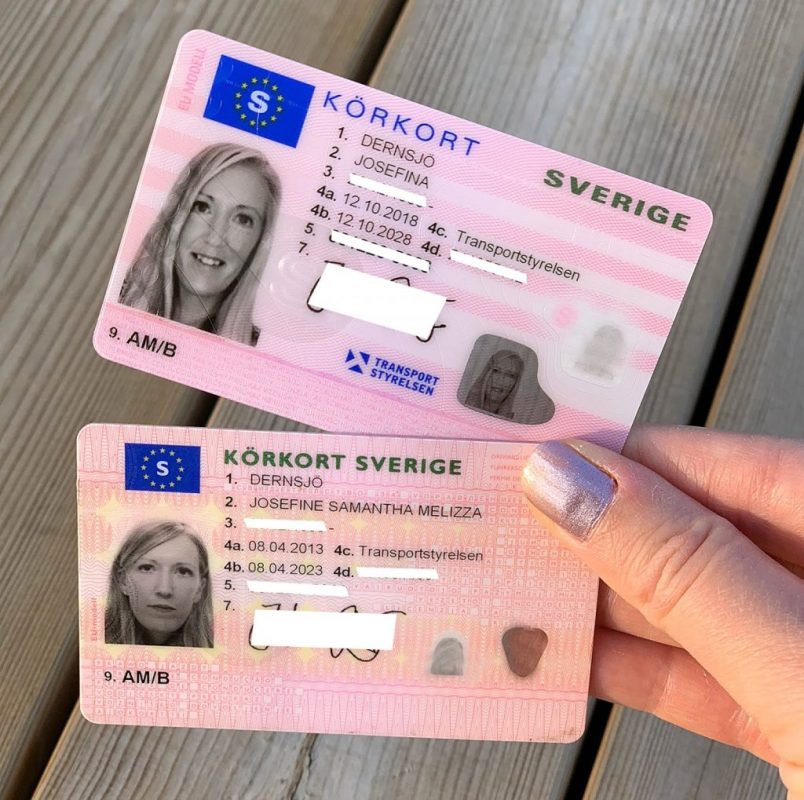Driver's License Explained In Fewer Than 140 Characters
Navigating the Digital Road: The Evolution of Online Driver's License Experiences In an age where technology permeates every aspect of our day-to-day lives, the procedure of getting and restoring a driver's license has changed, moving from tiresome wait times at DMV workplaces to streamlined online experiences. This shift not just enhances convenience but likewise shows wider trends in digitalization. In this post, we will explore the advancement of online driver's license experiences, the benefits of digital processes, and the obstacles that stay in making these services as effective as possible. The Shift to Online Services Traditionally, getting a driver's license involved long lines, lengthy documents, and in-person visits that might take in a whole day. As technology advanced, numerous state departments of motor automobiles (DMVs) acknowledged the requirement to update their services. In the early 2000s, some started presenting fundamental online services, such as license renewals and duplicates. However, it wasn't up until the COVID-19 pandemic that the seriousness for detailed online systems really sped up. With social distancing measures in location, DMVs accelerated their digital improvement. Lots of states adopted easy to use sites and mobile applications, enabling homeowners to manage a series of tasks— from getting permits to scheduling driving exam— without ever going to an office. Benefits of Online Driver's License Services Benefit: Online applications offer users the versatility to complete documents at their own pace, whether in your home, on the go, or during off-peak hours. The fear of waiting in line is now a distant memory for lots of residents. Availability: Digital services permit easier gain access to for those with disabilities or those residing in remote locations. Individuals can browse the procedure without the barriers that physical places might present. Time Efficiency: By lowering the time spent in line and minimizing the variety of in-person sees, users can save hours, which can be reinvested into more productive pursuits. Environmental Impact: Digital processes aid to minimize paper usage, adding to more sustainable practices. Online types and paperwork change the mountains of documentation that often accompanied driver's license applications. Enhanced Security: With advancements in technology, numerous online platforms now use sophisticated file encryption methods to protect personal information, lowering the dangers related to identity theft. Challenges in the Online Experience While the shift to online services has actually brought various benefits, it has also provided challenges. Digital Divide: Not every resident has equivalent access to technology and the web. Low-income people or those residing in backwoods might deal with difficulties completing online procedures, causing variations in access to essential services. Technical Glitches: Like all digital platforms, DMV sites might experience failures or bugs, which can irritate users attempting to navigate the procedure. Anticipating a seamless transition might result in dissatisfaction for those dealing with technical problems. User Experience: Not all online systems are user-friendly. Some websites or applications may do not have intuitive styles, making navigation troublesome and complicated for users, especially those who are less tech-savvy. Confirmation Processes: Ensuring that online applicants are who they state they are can be difficult. köpa körkort på nätet should balance ease of access with the need for robust security steps, which can complicate the online experience. The Future of Online Driver's License Services Looking ahead, the future of online driver's license experiences is poised for additional enhancement. States are increasingly including innovations such as expert system (AI) and artificial intelligence to improve confirmation processes and anticipate user needs. In addition, the adoption of mobile ID options might reinvent how people bring their recognition, making it as hassle-free as utilizing a smart device app. In addition, as federal governments recognize the significance of inclusivity, future developments might concentrate on bridging the digital divide through community programs targeted at improving digital literacy and access.  Conclusion The shift to online driver's license services has actually transformed a when laborious job into a more effective and user-friendly experience. While challenges remain, the benefits of benefit, ease of access, and enhanced security are indisputable. As technology continues to evolve, so too will the procedures surrounding driver's licenses, standing as a testament to the power of digital change in streamlining and enhancing the lives of everyday citizens. Whether for new motorists seeking their first license or seasoned drivers renewing theirs, the road ahead is certainly a digital one.
Conclusion The shift to online driver's license services has actually transformed a when laborious job into a more effective and user-friendly experience. While challenges remain, the benefits of benefit, ease of access, and enhanced security are indisputable. As technology continues to evolve, so too will the procedures surrounding driver's licenses, standing as a testament to the power of digital change in streamlining and enhancing the lives of everyday citizens. Whether for new motorists seeking their first license or seasoned drivers renewing theirs, the road ahead is certainly a digital one.